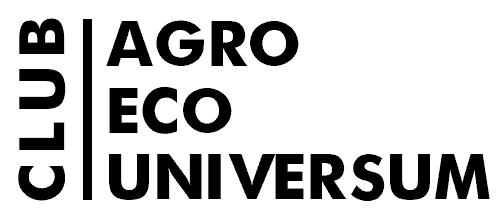Sugarcane industry and environmental issues

The sugar and alcohol industry is an important agribusiness in many countries for meeting the increasing demand for sugar export and renewable fuel. In the agricultural sector, sugar factories have played an important role for the national economy and social development in many countries.
Sugarcane processing can cause harmful environmental impacts due to the generation of a large amount of solid wastes and wastewater together with the emission of toxic gases and odorous substances. Several previous studies reported that effluents from sugar factories pollute water and land environment. These pollutants may infiltrate and percolate through subsoil layers and reach ground watertable. Most chemicals used in sugar processing were assessed to be toxic and could adversely affect the recipient water body. Discharging sugar mills effluents into fresh water bodies without treatment pollutes water. Eventually, this polluted water is utilized by human for drinking, domestic agriculture and industrial purposes.
MATERIAL FLOW ANALYSIS (MFA) IN ENVIRONMENTAL MANAGEMENT
Environmental management in general and cleaner production in particular, therefore, become the issues of much concern in sugarcane industry. Cleaner production is an effective environmental management tool that aims to identify the opportunities and solutions for improving the environmental performance and economical benefits. In addition, it also improves the company’s prestige and competitive capacity.
Material flow analysis (MFA) is ‘a systematic assessment of the flows and stocks of materials within a system defined in space and time. MFA has been effectively used to identify and respond to emerging environmental problems in developing countries.
In this study, the material and waste flows of Hoa Binh Sugarcane Company (Hoasuco) were analyzed for practical bases to propose some cleaner production options that can be applied to improve the efficiency of waste and wastewater management.
MFA AND MASS BALANCE IN HOASUCO, HOA BINH, VIETNAM
Total mass balance for Hoasuco
The annual sugar production scale of 93,000 ton input cane or 9,500 tone sugar for 3-4 months corresponding to the cane harvesting season. However, in the practice that number is much lower, for example in 2014 the production capacity reached 5,034 ton sugar (50,000 ton input cane).
Sugar flow analysis
The findings showed that sugar loss in solid flows including bagasse from extraction process, residue from vacuum filtration and molasses from crystallization process. The total loss of sugar during sugar processing process was 17.1%.
Water flow analysis
Total daily water consumption of Hoasuco was approx. 2814 m3/day. This kind of water was stored in input water tank. Water usage in Hoasuco was very high, 15-20 L/kg sugar produced. The total wastewater generated from the company was 2820 m3/day with very high COD values (2200–2600 mg/L), particularly wastewater flows from the equiment washing and from the emission gas absorption
 Total mass balance of HOASUCO, Hoa Binh, Vietnam
Total mass balance of HOASUCO, Hoa Binh, Vietnam
Solid waste flow analyis
Bagasse is the most concerned solid waste because of its huge quantity. In Hoasuco, approx. 188.45 tons/day of bagasse was used as the input material for boilers.
CLEANER PRODUCTION OPPORTUNITIES
For waste-water: Waste-water contains a high level of contaminants such as suspended solids, organic, inorganic matter and chemicals. It was recommended that the wastewater flows should be separated for UASB technology to treat heavily polluted waste-water flows and recover methane.
For solid waste: Bagasse should be utilized as the input material for boilers (bio-based fuel). Further study need to be conducted to find proper solutions for ash, filter mud, disturbants from lime and molasses.
Full text / sources:
- Nguyen Thi Ha, Ngo Quoc Phong, Le Thi Hoang Oanh, Nguyen Xuan Hai and Drangert Jan-Olof. Material flow analysis toward cleaner production in Hoa Binh Sugarcane company, VietNam. ARPN Journal of Engineering and Applied Sciences, Vol. 11, No. 21, November (2016) ISSN 1819-6608, 12660-12668
- https://www.arpnjournals.com/jeas/volume_21_2016.htm
- http://www.arpnjournals.org/jeas/research_papers/rp_2016/jeas_1116_5284.pdf
